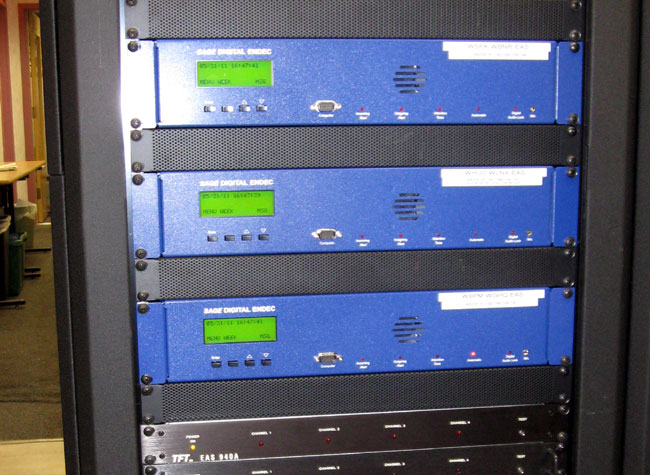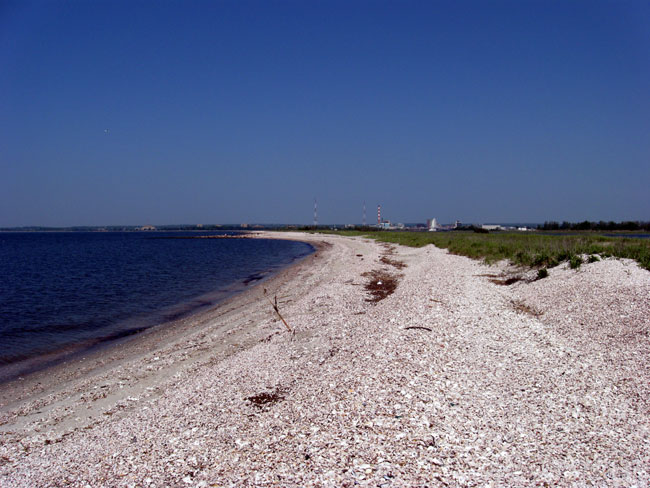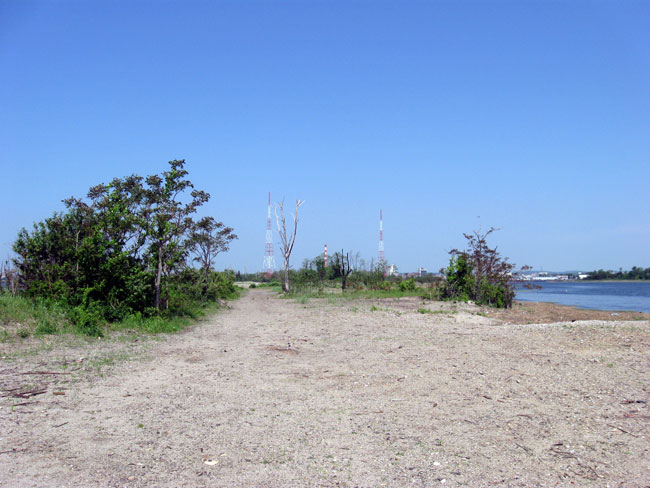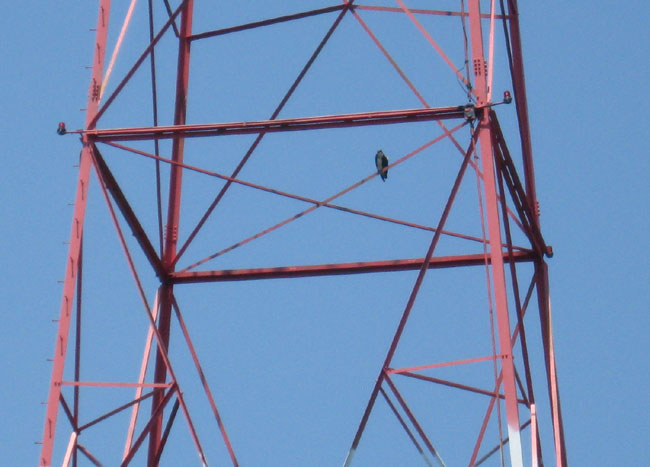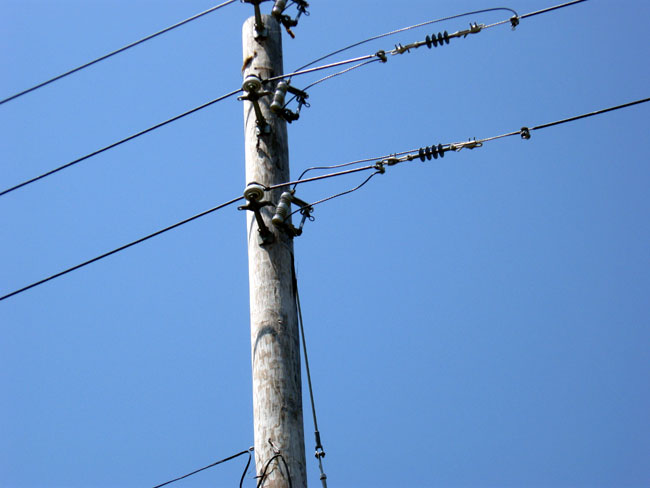I have had my HTC Android phone for just about a year now, which is enough time to learn the device’s strengths and weaknesses. I have done a fair amount of listening to the audio, watching youtube videos, and playing .mp3’s to give me some idea of the technical quality and operational issues. Like anything else, these are general observations. Some radio station’s streams sound better than others due to the effort those stations put into audio quality.
The listening test was done with a set of Sony earbuds, which sound far better than the small speaker built into the phone. For ease in streaming audio, I used the TuneIn Radio application for Android by TuneIn Inc. For this test, I only listened to FM broadcast stations, both streaming and over the air.
The over-the-air tuner is the stock factory radio in my 1997 Jeep Cherokee. I would rate the radio average in every way. The actual tests were done driving around on interstate highways and other major roadways. There were a few instances where I had to give up on the Android phone due to traffic and driving considerations.
My Android phone has an FM tuner installed in it, however, it is really useless. I get only local stations, and then their audio is all hissy and for the most part unlistenable. The HTC FM tuner uses the headphone wire for an antenna, which may be a part of the problem.
Here is a chart of my observations:
| Category evaluated | Analog FM radio | Streaming via Android |
| Overall Station Selection | Only those stations that can be received | Any station that is listed in TuneIn Radio App* |
| Almost unlimited, worldwide* | Can press the preset or scan buttons on the radio without taking eyes off the road* | Only those receivable signals limit it to a few well-programmed stations, the rest being garbage |
| Available formats | Only those stations that can be received | Any station that is listed in TuneIn Radio App* |
| Ease of use | Varies depending on location, and can be quite annoying, especially in mobile environment. App also occasionally locks up and needs to be restarted | Requires squinting at a small screen and pressing several little boxes to get to the desired station |
| Annoying commercial avoidance | See above on preset and scan buttons* | Very difficult to change stations quickly |
| Quality of sound | Good to excellent, depending on the station’s signal strength* | Fair to good, depending on the bit rate and network congestion, some stations sound very good and some can sound very bad |
| Drop outs | Occasional picket fencing with distant stations, otherwise, non-existent* | Requires data plan with smartphone, some plans cap data amounts, can be fairly expensive |
| Expense | Free, radio came with the vehicle, no paid data service needed* | Requires data plan with smartphone, some plans cap data amounts can be fairly expensive |
| Overall enjoyment | Good | Good |
*Wins category.
I am having a difficult time assigning the overall enjoyment as well as an overall winner. On the one hand, it was very cool, driving down I-84 in Danbury, CT listening to Howlin’ Wolf on New Orleans’ non-commercial Jazz station, WWOZ. On the other hand, it was a right pain in the ass to get to that point, in rush hour traffic. By the way, WWOZ’s web stream is excellent, audio-wise.
From safety and ease of use, the FM radio in the Jeep wins hands down, I just don’t know how many more times I can listen to the same Led Zeppelin song on i95 (that used to be I-95, frankly I thought Steve Jobs copyrighted the lower case i).
The dropouts were also a concern, mostly taking place in the section of I-84 going through Putnam County, NY. I don’t know if my cell carrier needs to beef up its data coverage in that area, or if there were just a great many users on the network checking their e-mail, etc.
If they could sort out the ease of operation problem and get rid of the dropouts, streaming audio over HTC Android would win hands down.



